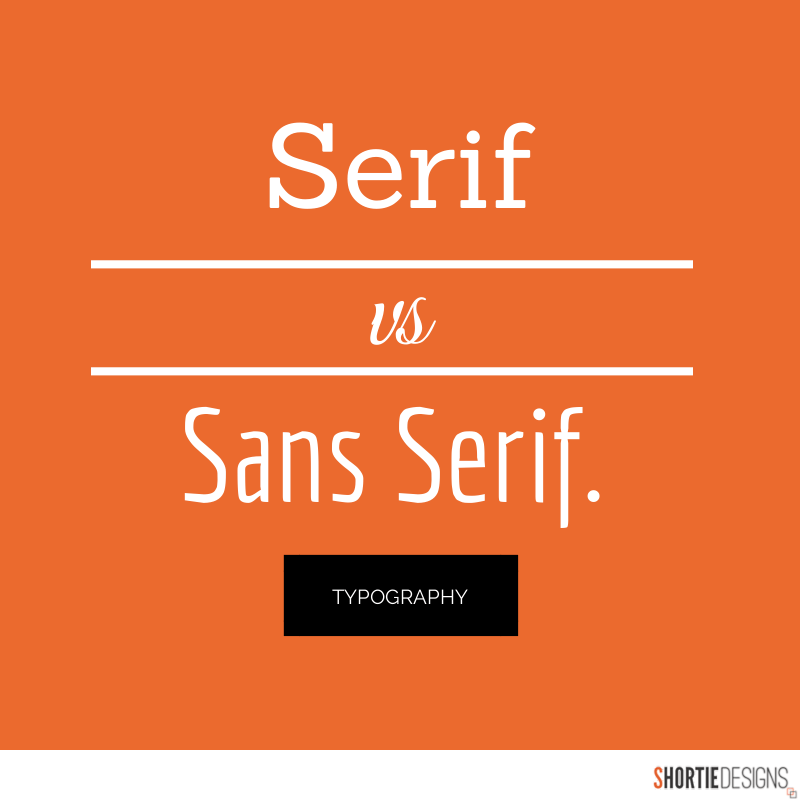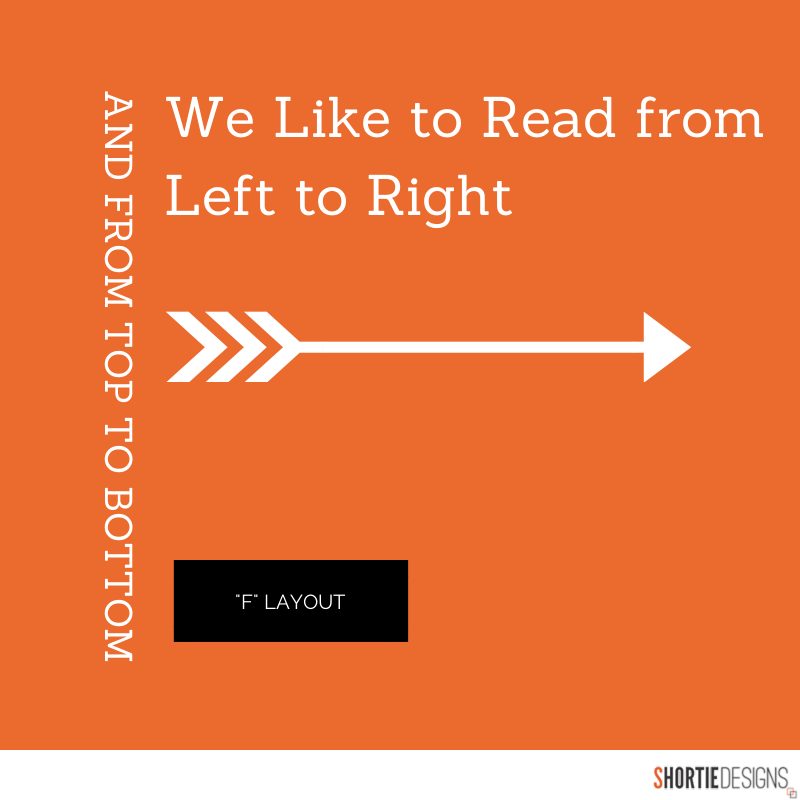Web Design and Customer Experience : Spotify (again)
Today , as the title said, we are gonna talk about the customer experience and trying to answer the question : How to make a website attractive ?
What's the web design ?
The web design can be defined as the shape of the web interface : the interactional architecture, the organisation of the pages, the navigation in the website etc ... The design conception takes into account the specific constraints of the internet support, especially in terms of ergonomics, usability and accessibility. In this blog post, i've choose to talk about Spotify because the brand is nominee for the website best visual design in the aesthetic category Webbyaward. You can see the website here, and the "Spotify Year in Music" campaign here.
To highlight the customer experience in Spotify, we have to look at the presence of the brand on internet both via a laptop and a mobile device. Let's take a look at this infographic i've done :
Has the company followed good web design principles ?
But what is good web design principles ? Here, there is a non-exhaustive list of the things brands have to think for their website interface. These principles have to be looked as an initial base. I personally think that the interface have to be the more creative, personal and have to follow the image the brand want to be referred too.
1. PURPOSE
Good web design always caters to the needs of the user. Are your web visitors looking for information, entertainment, some type of interaction, or to transact with your business? Each page of your website needs to have a clear purpose, and to fulfill a specific need for your website users in the most effective way possible.
2. COMMUNICATION
People on the web tend to want information quickly, so it is important to communicate clearly, and make your information easy to read and digest. Some effective tactics to include in your web design include: organising information using headlines and sub headlines, using bullet points instead of long windy sentences, and cutting the waffle.
3. TYPEFACES
In general, Sans Serif fonts such as Arial and Verdana are easier to read online (Sans Serif fonts are contemporary looking fonts without decorative finishes). The ideal font size for reading easily online is 16px and stick to a maximum of 3 typefaces in a maximum of 3 point sizes to keep your design streamlined.
4. COLOURS
A well thought out colour palette can go a long way to enhance the user experience. Complementary colours create balance and harmony. Using contrasting colours for the text and background will make reading easier on the eye. Vibrant colours create emotion and should be used sparingly (e.g. for buttons and call to actions). Last but not least, white space/ negative space is very effective at giving your website a modern and uncluttered look.
5. IMAGES
A picture can speak a thousand words, and choosing the right images for your website can help with brand positioning and connecting with your target audience. If you don’t have high quality professional photos on hand, consider purchasing stock photos to lift the look of your website. Also consider using infographics, videos and graphics as these can be much more effective at communicating than even the most well written piece of text.
6. NAVIGATION
Navigation is about how easy it is for people to take action and move around your website. Some tactics for effective navigation include a logical page hierarchy, using bread crumbs, designing clickable buttons, and following the ‘three click rule’ which means users will be able to find the information they are looking for within three clicks.
7. GRID BASED LAYOUTS
Placing content randomly on your web page can end up with a haphazard appearance that is messy. Grid based layouts arrange content into sections, columns and boxes that line up and feel balanced, which leads to a better looking website design.
8. “F” PATTERN DESIGN
Eye tracking studies have identified that people scan computer screens in an “F” pattern. Most of what people see is in the top and left of the screen and the right side of the screen is rarely seen. Rather than trying to force the viewer’s visual flow, effectively designed websites will work with a reader’s natural behaviour and display information in order of importance (left to right, and top to bottom).
9. LOAD TIME
Everybody hates a website that takes ages to load. Tips to make page load times more effective include optimising image sizes (size and scale), combining code into a central CSS or JavaScript file (this reduces HTTP requests) and minify HTML, CSS, JavaScript (compressed to speed up their load time).
10: MOBILE FRIENDLY
It is now commonplace to access websites from multiple devices with multiple screen sizes, so it is important to consider if your website is mobile friendly. If your website is not mobile friendly, you can either rebuild it in a responsive layout (this means your website will adjust to different screen widths) or you can build a dedicated mobile site (a separate website optimized specifically for mobile users).
Honestly, Spotify is following perfectly these instructions. I can't make any more advice for Spotify.
My Google Analytics :
This is a global view of the statistics concerning my blog.
Basically, the largest part of my traffic comes from the U.S. However, my traffic decreased during the update of the HTML code. So, to earn more visitors, i've put new meta data as you can see here (keywords).
Now, i've have to wait for the results. Thanks for reading.
Sources :
www.blogduwebdesign.com
www.webdesignertrends.com
- Jean-François Nogier (2008), du logiciel et design web : Le manuel des interfaces utilisateur, 4ème édition, Junod.














9 commentaires: